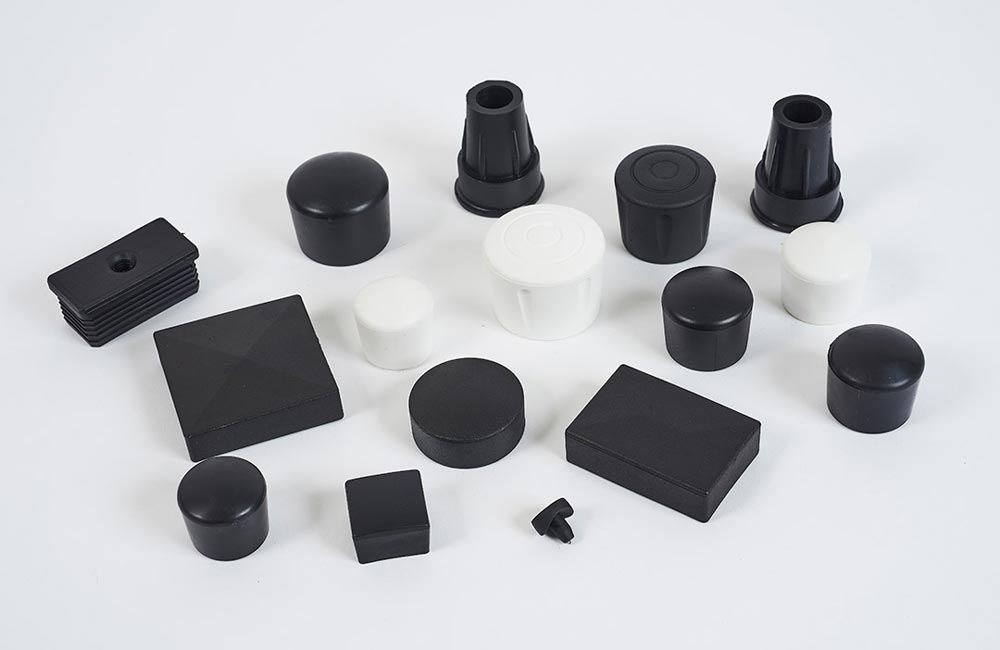
Lesiones Deportivas: Prevention, Treatment, and Technology in 2024
Lesiones deportivas remain a constant challenge for athletes and fitness enthusiasts alike. According to the World Health Organization, 10% of physically active individuals suffer an injury each year.
However, the combination of medical knowledge and digital tools is revolutionizing injury management. In this article, we explore everything from common causes to how technology is optimizing recovery.
Common Types of Lesiones Deportivas and Their Causes
Lesiones deportivas can be classified as acute (traumatic) or chronic (overuse-related). The most common include sprains, muscle strains, and stress fractures. A 2023 study from the Journal of Orthopaedic & Sports Physical Therapy states that 45% of running injuries are due to overtraining.
For instance, la Tri football player suffering an ACL tear after a sudden change in direction highlights how high-impact sports increase injury risk. Wearable technology, such as pressure sensors in footwear, now allows detection of harmful movement patterns before damage occurs.
Prevention: Biomechanics and Smart Training
Effective prevention requires understanding body biomechanics and adapting training accordingly. The Mayo Clinic reports that 60% of relapses stem from incomplete rehab programs. A paradigmatic case is the use of force plates in gyms, which analyze weight distribution during squats to correct harmful posture.
Digital tools like workload-monitoring apps (e.g., WHOOP) notify athletes when exercise volume exceeds safe thresholds, reducing fatigue-related injuries by 32% according to a study on professional cyclists.
Technology in Rehabilitation: AI and Virtual Reality
Rehabilitation has evolved with the integration of artificial intelligence (AI) and virtual reality (VR). A clinical trial in Sports Health (2024) found that customized VR programs reduced ankle sprain recovery time by 40%.
Systems like SWORD Health guide patients through exercises using avatars, adjusting difficulty in real time. AI also processes wearable data to update therapy plans weekly—as seen in muscle tear cases where algorithms predict tissue readiness with 89% accuracy.
Big Data and Injury Prediction in Professional Teams
Elite sports teams use predictive analytics to minimize injury risk. The IBM Sports Analytics system forecasts injuries by cross-referencing sleep, nutrition, and training performance data.
A study in the NBA showed that teams using such models reduced muscle injuries by 28% during the 2023–2024 season. For example, FC Barcelona uses GPS vests during matches to monitor players' metabolic loads, sending alerts to the bench when fatigue levels become critical. These solutions save teams an average of $2.5 million per year in medical costs.
Conclusion
Lesiones deportivas are no longer just unavoidable setbacks. Thanks to biomechanics-based prevention, AI-powered rehab tools, and big data predictive analysis, athletes and teams can enhance performance safely. Embracing these technologies not only accelerates recovery but redefines the limits of human potential in sports.

















